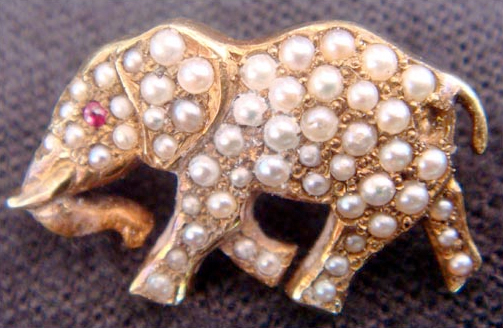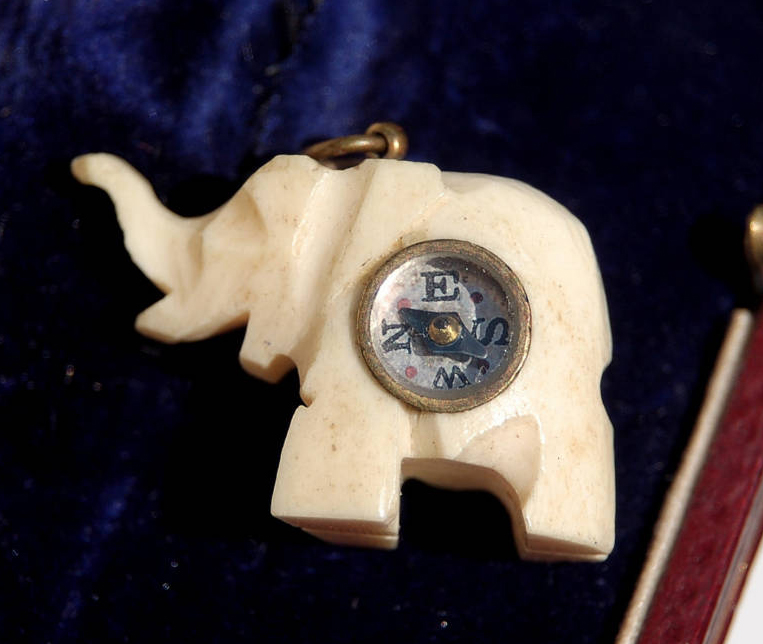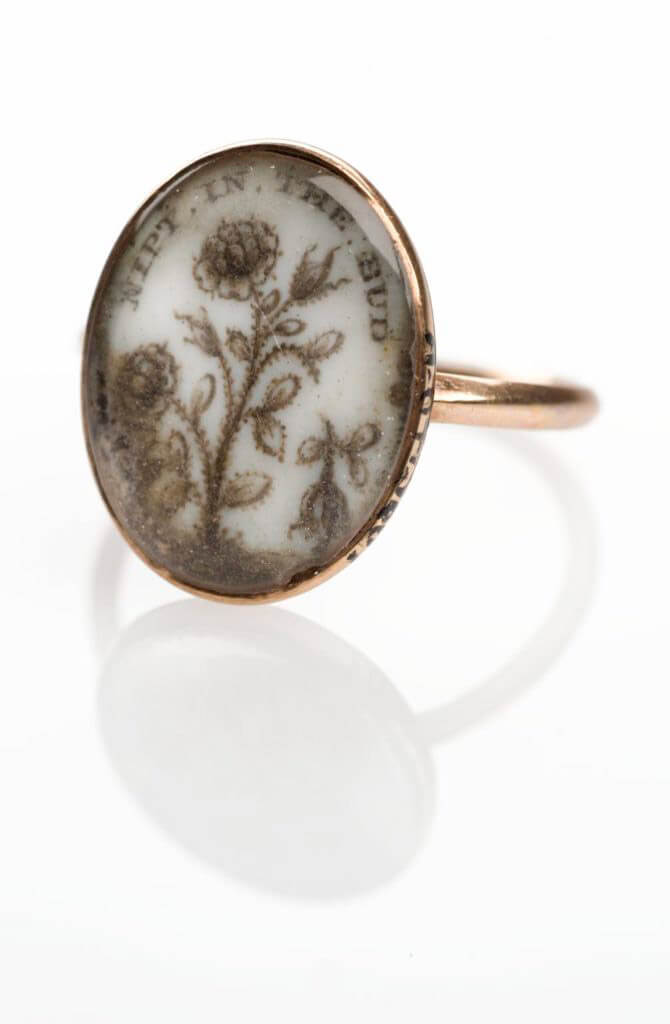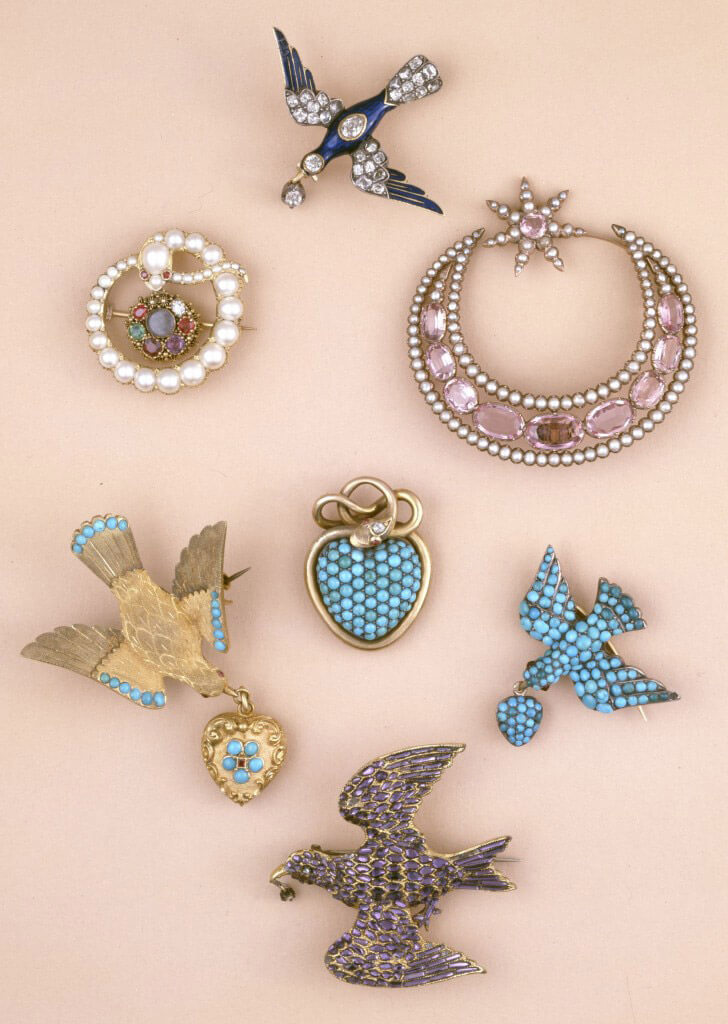Symbolism, The Elephant
They say that an elephant never forgets and in this case, if you remember last week’s Pelican symbol, you know that I like the strange motifs in sentimental art. We have a lot to thank the elephant for in jewellery and sentimental art, believe it or not. No, I’m not coddling you, the elephant is quite common, though for different reasons.
There are various cultural and social issues which caused the influx of elephants in jewellery, be they used as a material or a symbol itself. Let’s look at the common symbolism surrounding them. Intelligence, hence the concept of the memory of an elephant and nobility are the first ideas to appreciate.
The elephant was used in China and most popularly, by the Persian Empire. Alexander the Great adopted their use and the introduction of their stature into the Western mindset was complete, as even the example of Hannibal riding elephants through the Alps in campaigns against the Romans is still in our modern vernacular. This retention in the Western mindset survived through the middle ages and has built the elephant into a symbol of strength, nobility and passion. The creature is strongly built and conveys wisdom along with its inherent strength, very important things to consider when viewing depictions of the elephant in symbolism.
So why is the elephant so important to us? Firstly, the elephant provides us with ivory. When we consider how important that is for our sentimental jewels and how important this was for the continuity of jewellery from Greek and Roman times, ivory has been one of the most defining materials surrounding how sentimental jewellery was designed. It was also used thoroughly in handles, instruments and daily items as a predecessor to plastics. It has been suggested that four thousand elephants were killed for their uses in 1831. So, there is the appreciation of this, particularly in Neoclassical pieces, ivory is one of those material staples that was so important. But what about depictions of the elephant? The elephant in the 18th century could be found on the occasional Neoclassical depiction, but they are very rare. The example above shows the elephant with trunk raised, which denotes optimism, good fortune and luck. When combined with the female figure and the pelican from the previous article, I believe you can follow the path to what this particular piece is trying to suggest (comment below if you want me to do a full article on it).
During the 19th century, one must understand the importance of British India Empire (British Raj) and how that reflected back on the British Empire as a whole. Between the 1850s and 1940s, India opened up to a social class that could afford jewellery and other peripherals, hence tokens bought during a vacation or voyage to India and bought back to England are quite common. Charms, brooches, necklaces and nearly every kind of jewellery could be accommodated for and with the intrinsic link of the elephant to India, the purchase of elephant depictions in brooches and charms is quite common. Manufacture wasn’t isolated to India, however, the symbol was typical for manufacture in Europe as well. As for its symbolic purposes, the prior example of the trunk raised is most common for its good luck connotations, but the simple depiction of the elephant is often enough.
Oh, and what else do we have the elephant to be thankful for? Elephant hair was also used in sentimental jewellery, though to a different extent as that of horse hair, which was often used to emulate human.
Well, there’s a Sunday you won’t be forgetting for a long time to come! Next time you see an elephant, give him/her a hug for their wonderful donations to your collection, because who knows where we’d be without them? Rest, relax, it’s Sunday!











